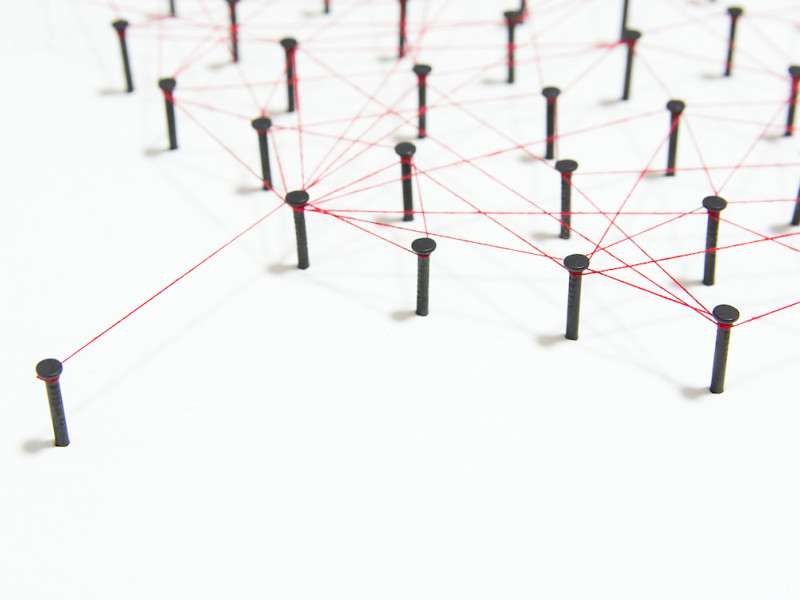Use case: how molecules communicate
Molecules communicate with each other. How they do that, is what Alexandre Bonvin, Professor of computational structural biology at Utrecht University, is trying to predict. And for this he uses computing power from all over the world.
Complex calculation models
Biomolecules include proteins that communicate with each other. Complex calculation models are needed to find out how they do this. Bonvin says: “A communication error of the molecules or networks of molecules is at the root of many diseases and conditions. Molecules often communicate using a shutter and lock principle. Suppose you block certain locks, you might be able to stop or slow down some diseases. Think of the coronavirus, if you can discover how the proteins in the cells of the virus bind, then you have a chance to develop a vaccine or drug. Our software can support this.”
At atomic level
The research of Bonvin and his colleagues focuses on the development of reliable bioinformatics and computational approaches for predicting, modeling and parsing biomolecular interactions at the atomic level. In ordinary human language: they are making 3D models of molecules and molecular networks. For this they developed a software called HADDOCK. Researchers can then use this software again.
Understanding the mechanism of tumor growth
Via HADDOCK, for example, research is being conducted into the spread of brain tumors in the body. Understanding the mechanism of tumor growth is important for medical treatment. Researchers at the University of Bordeaux were able to use the software to test the interaction between a molecule – involved in cancer processes – and a membrane receptor that regulates tumor enlargement.
Easy access
"We provide easy access to Grid computing for our end-users. The HADDOCK server removes complexity from sight. Users only see the web server interface, where they can upload their data. At the back end, all kinds of calculations are then performed on the Grid, which runs on computing clusters of SURF and Nikhef, among others."
Around the world
"Through EGI's European Grid Infrastructure, of which SURF's Grid service is part, calculations are performed on servers around the world,” Bonvin explains. “All over Europe, but also, for example, China, Taiwan or the US, about 25 million a year. In addition, approximately 70 percent goes via the SURF network. Calculating the models requires enormous computing power. The great advantage of this method is that the calculations do not take weeks or even months, but days. We can also continue to use our own computers to tinker with the methodology. ”
New insights
“The great thing about my work? Our software and methodology is used by users from all over the world, in 110 different countries,” says Bonvin. “It is fantastic to see that this provides new insights. Not only researchers, but also students are increasingly finding their way to our platform. ”
